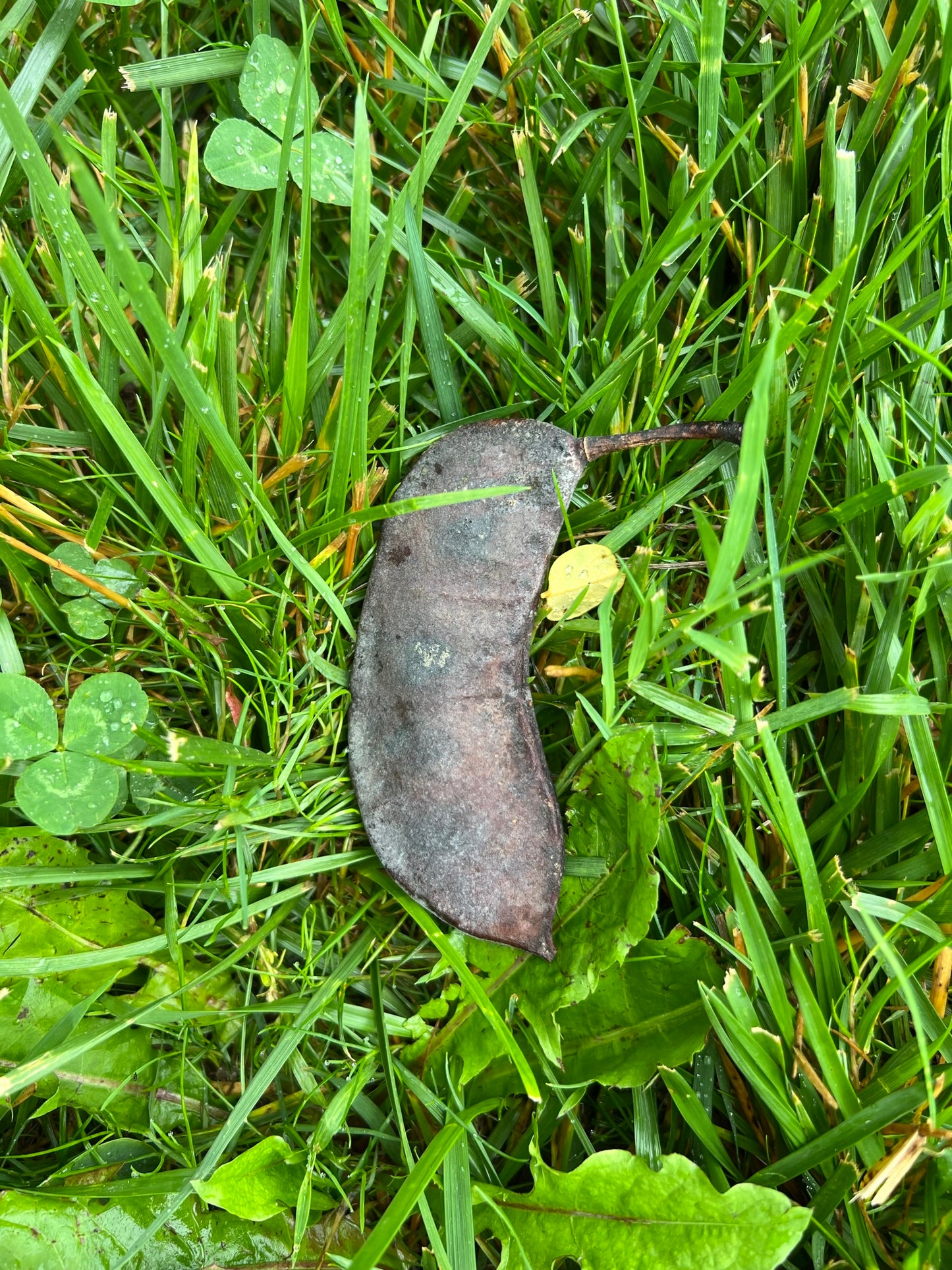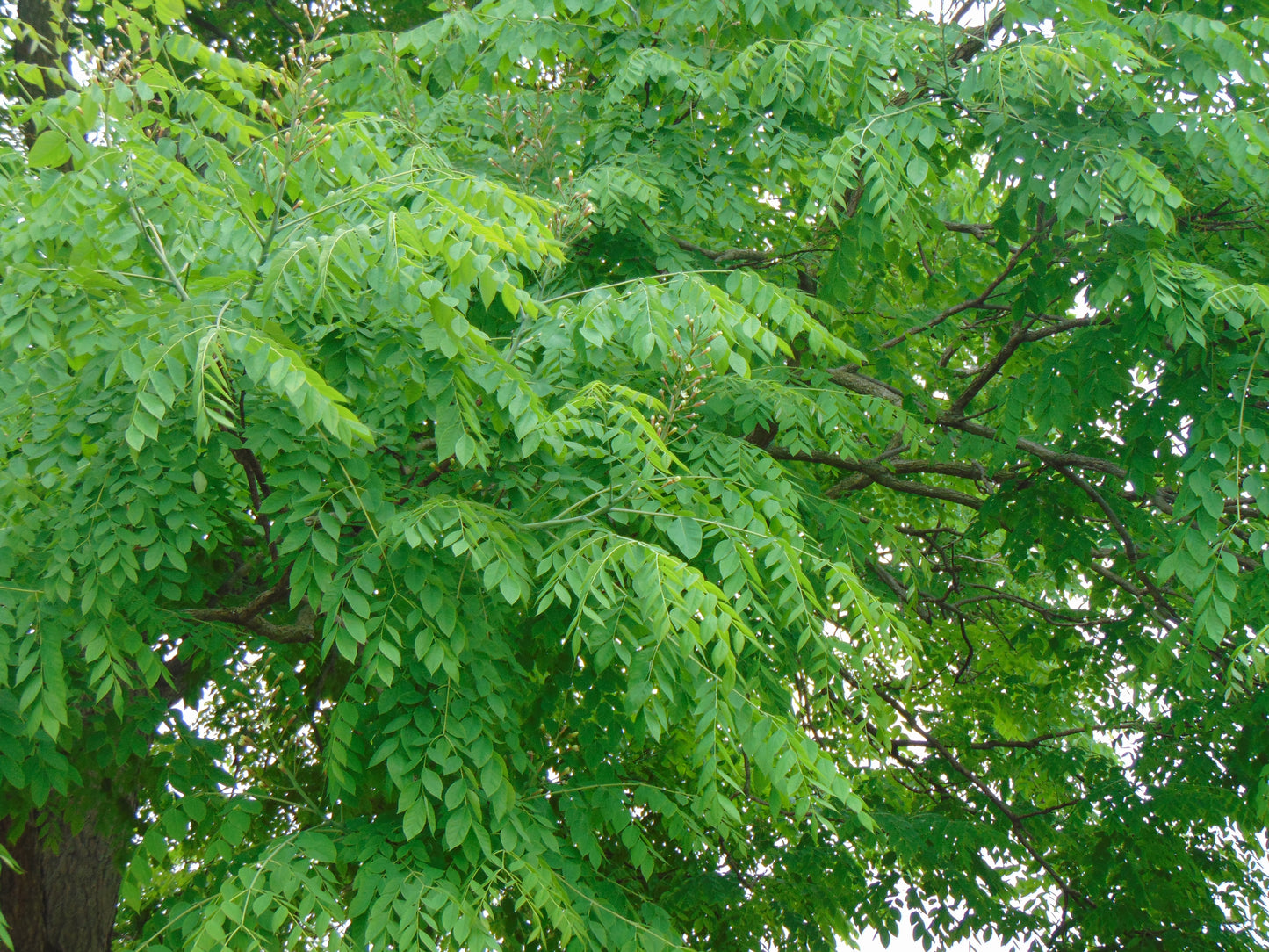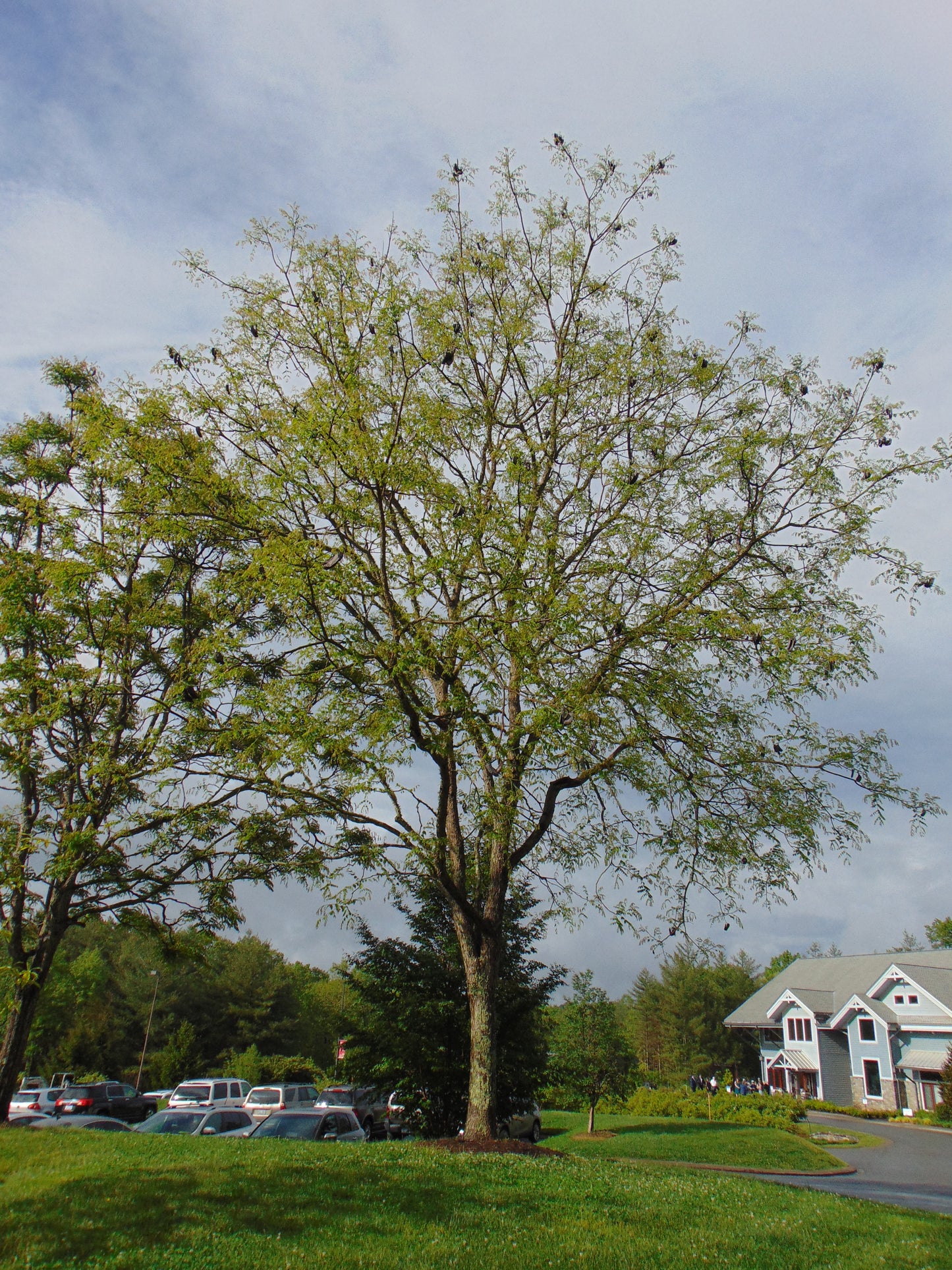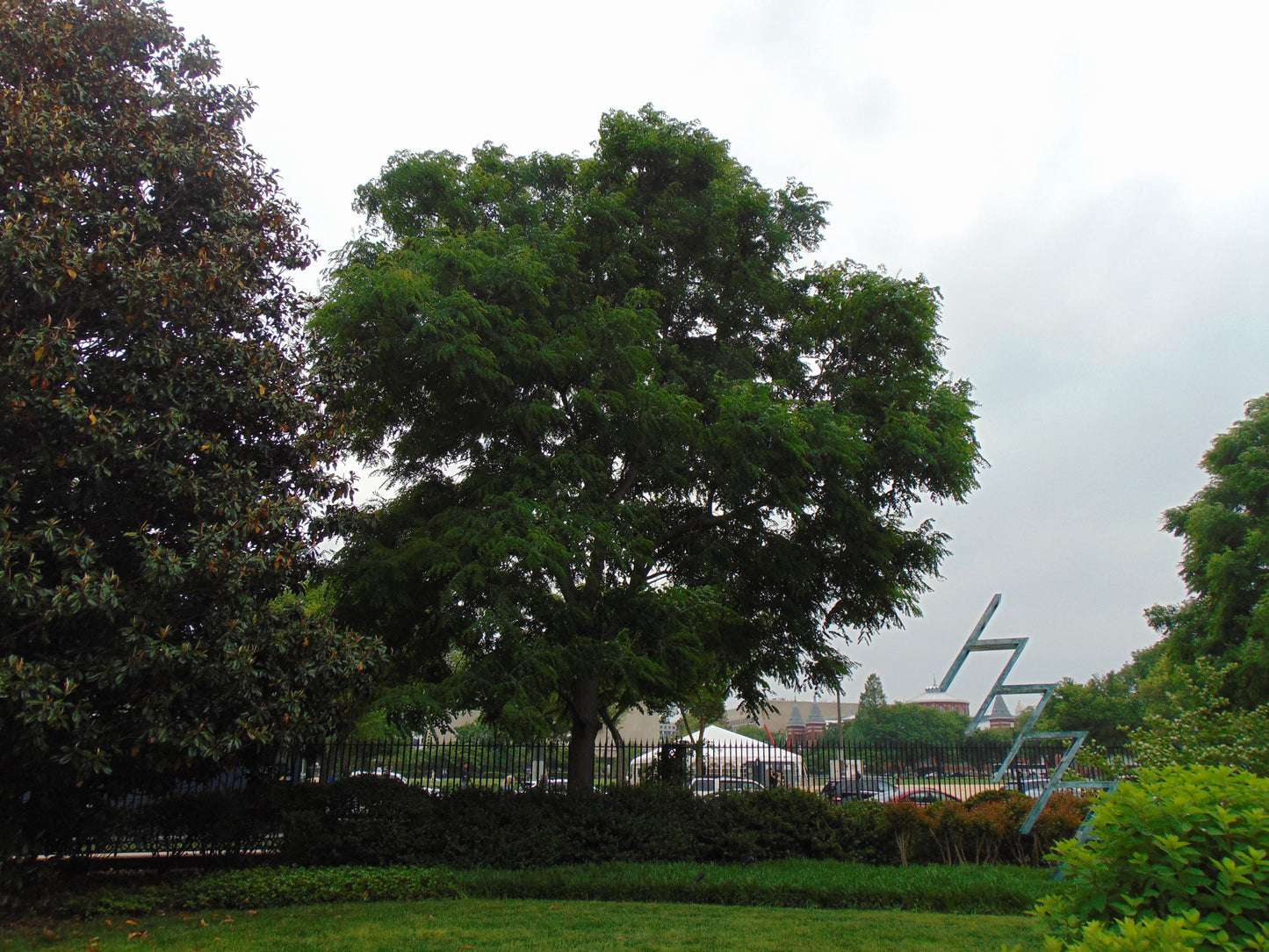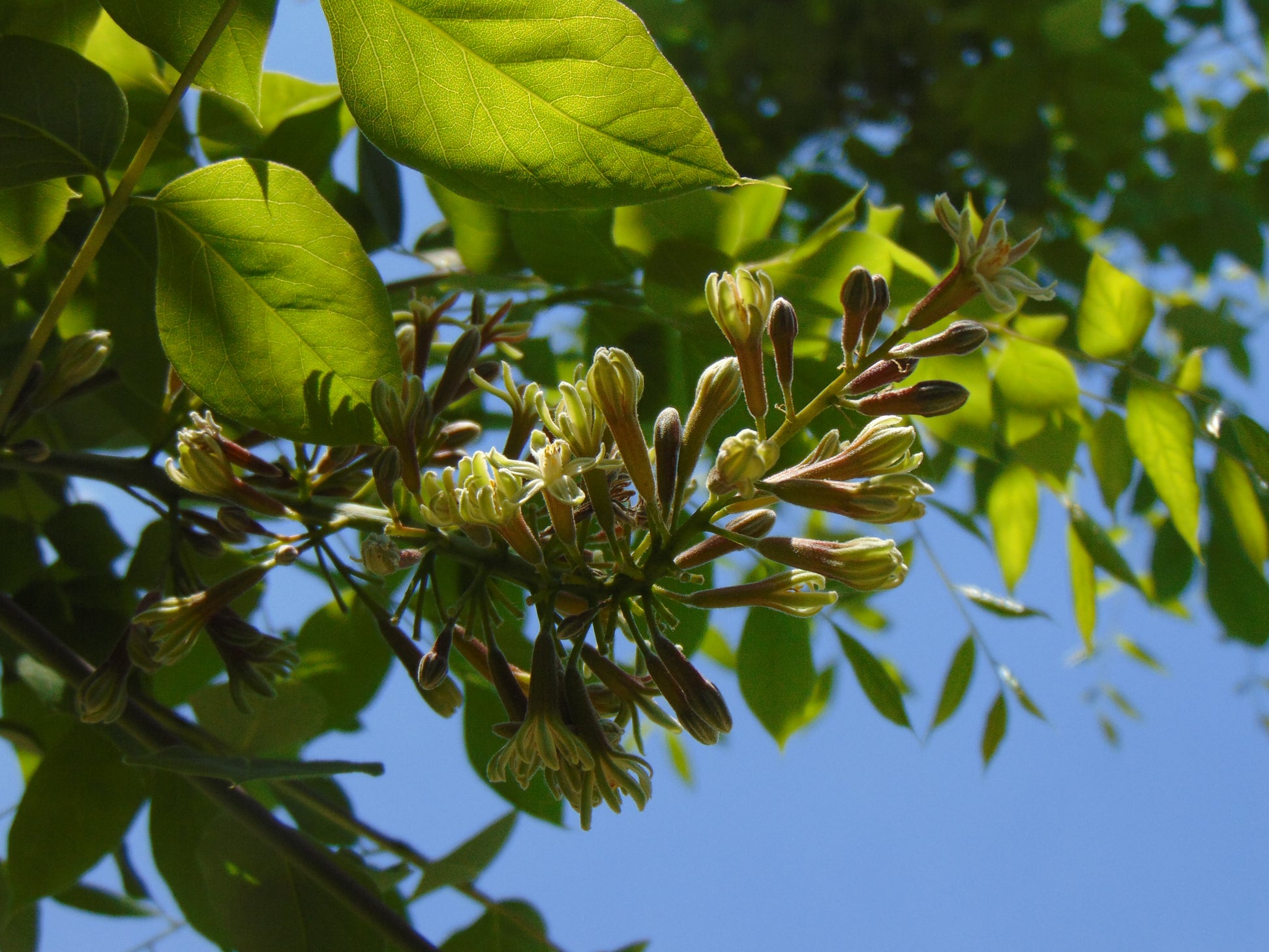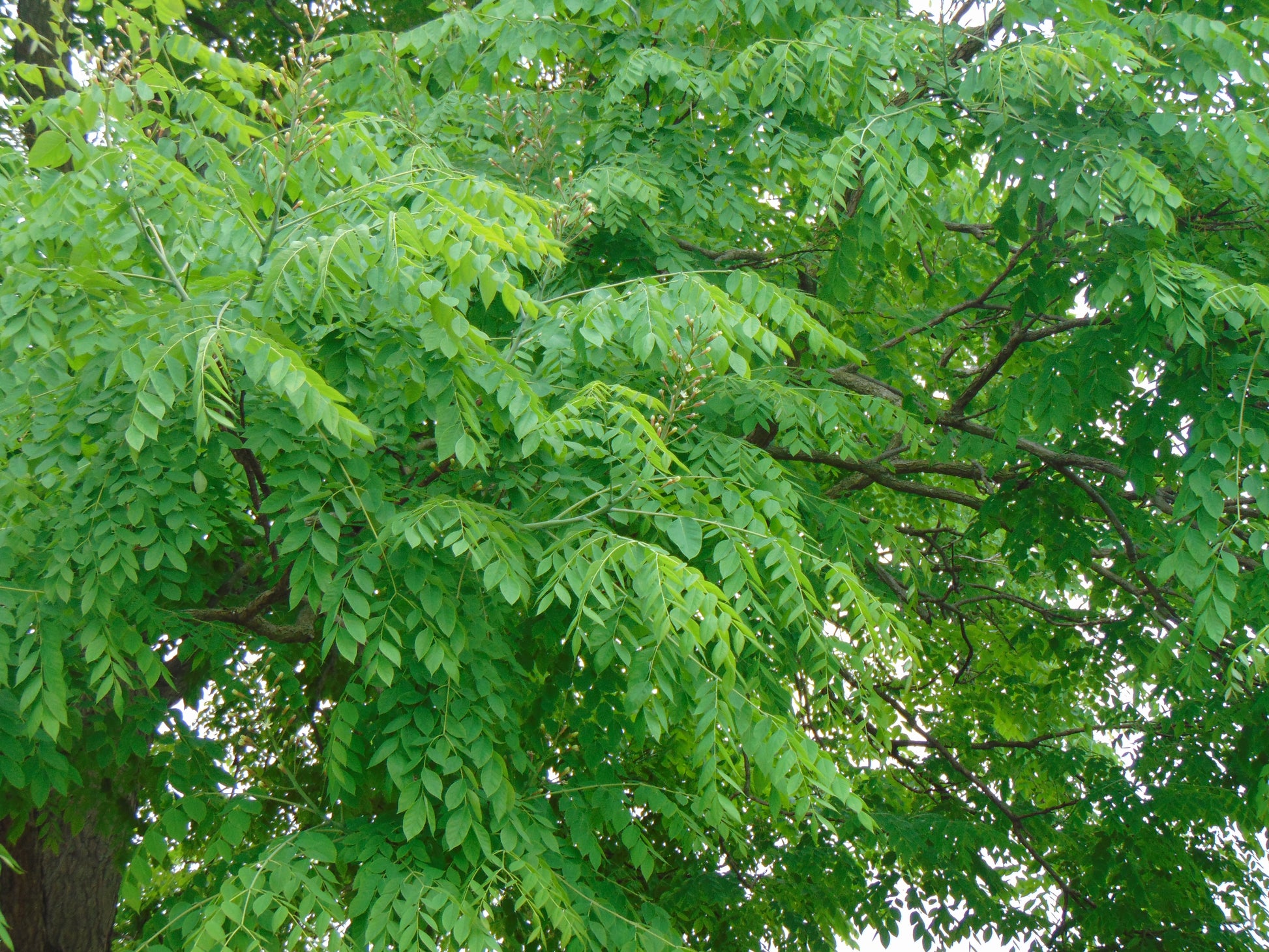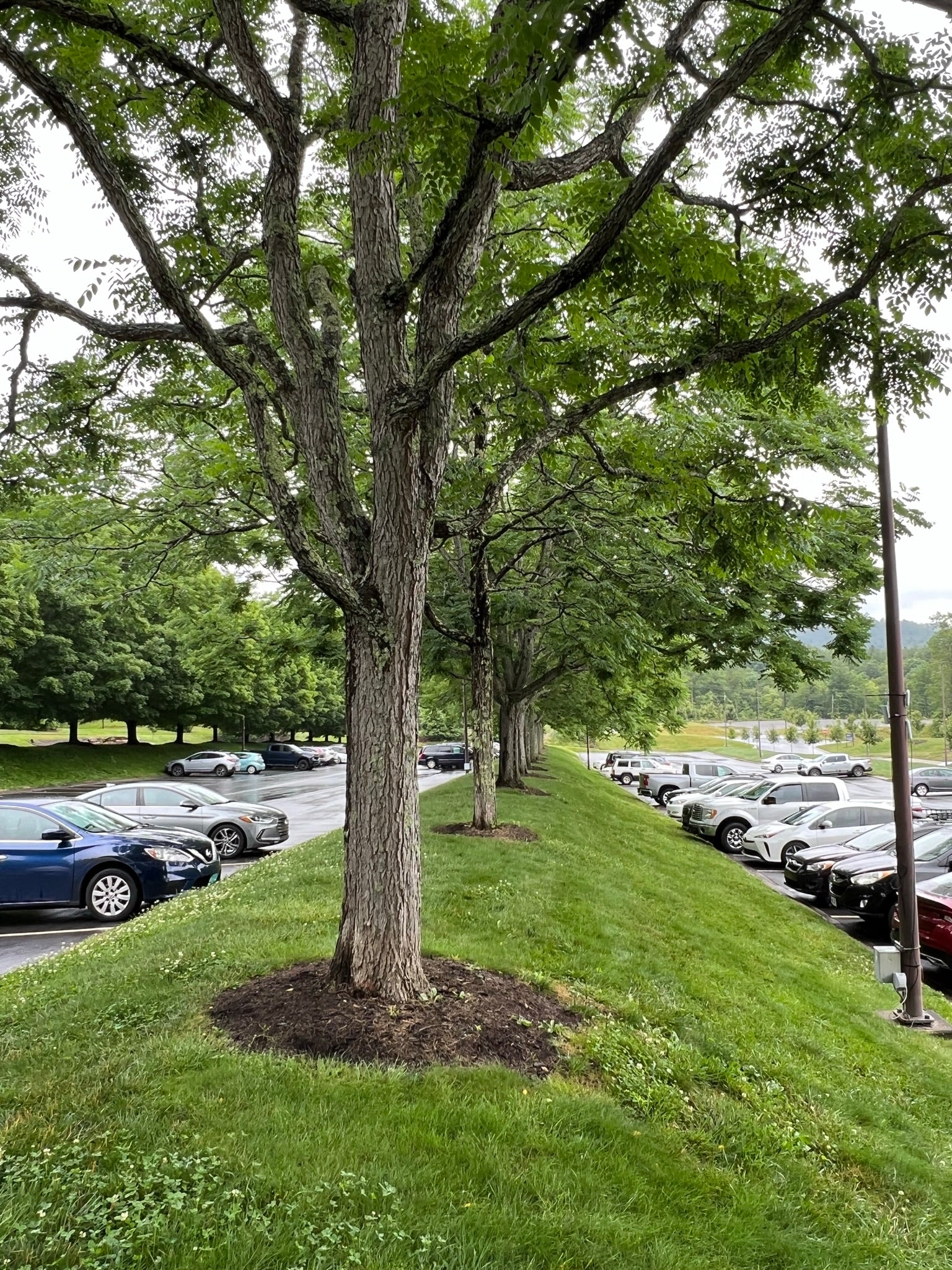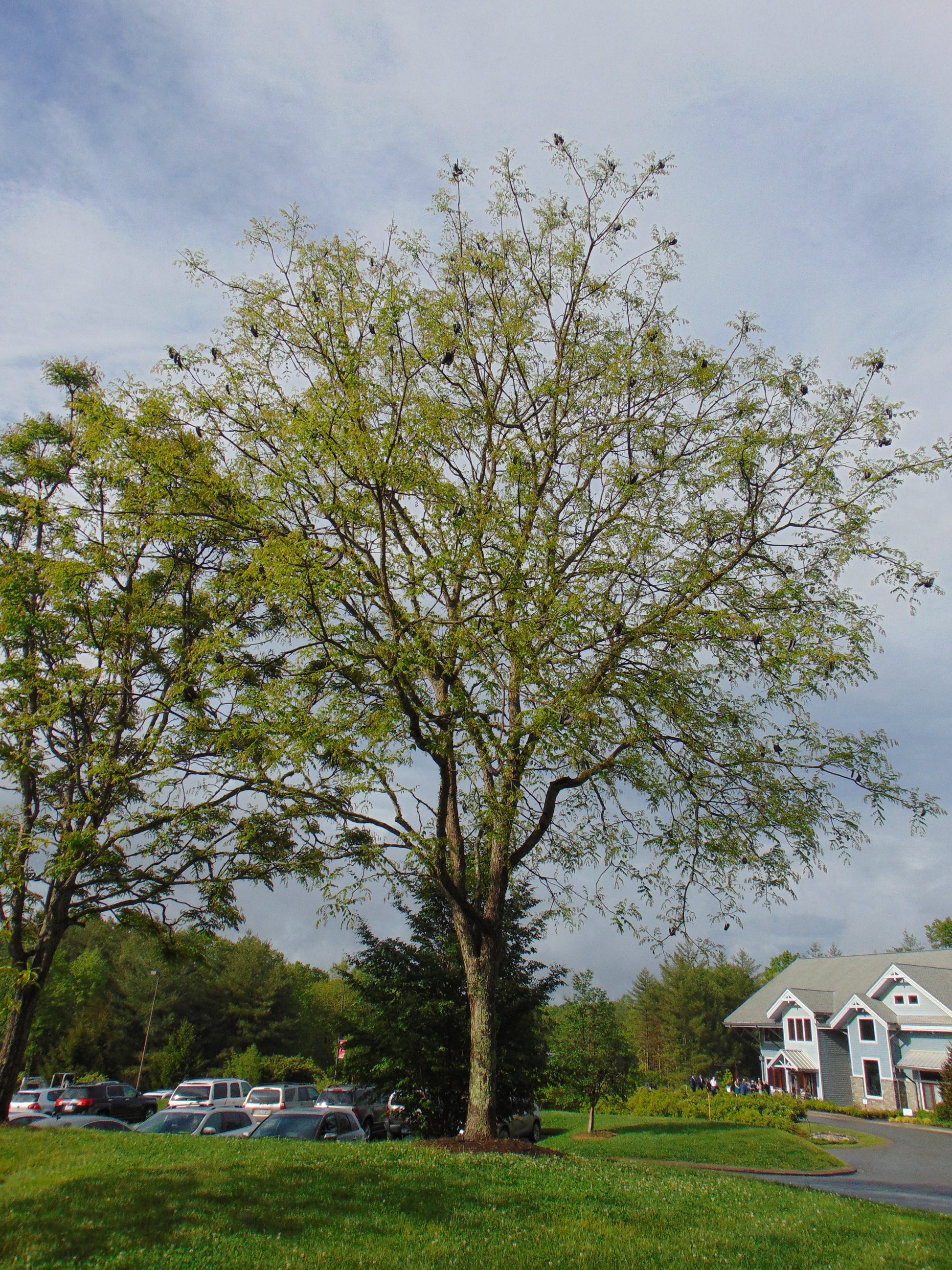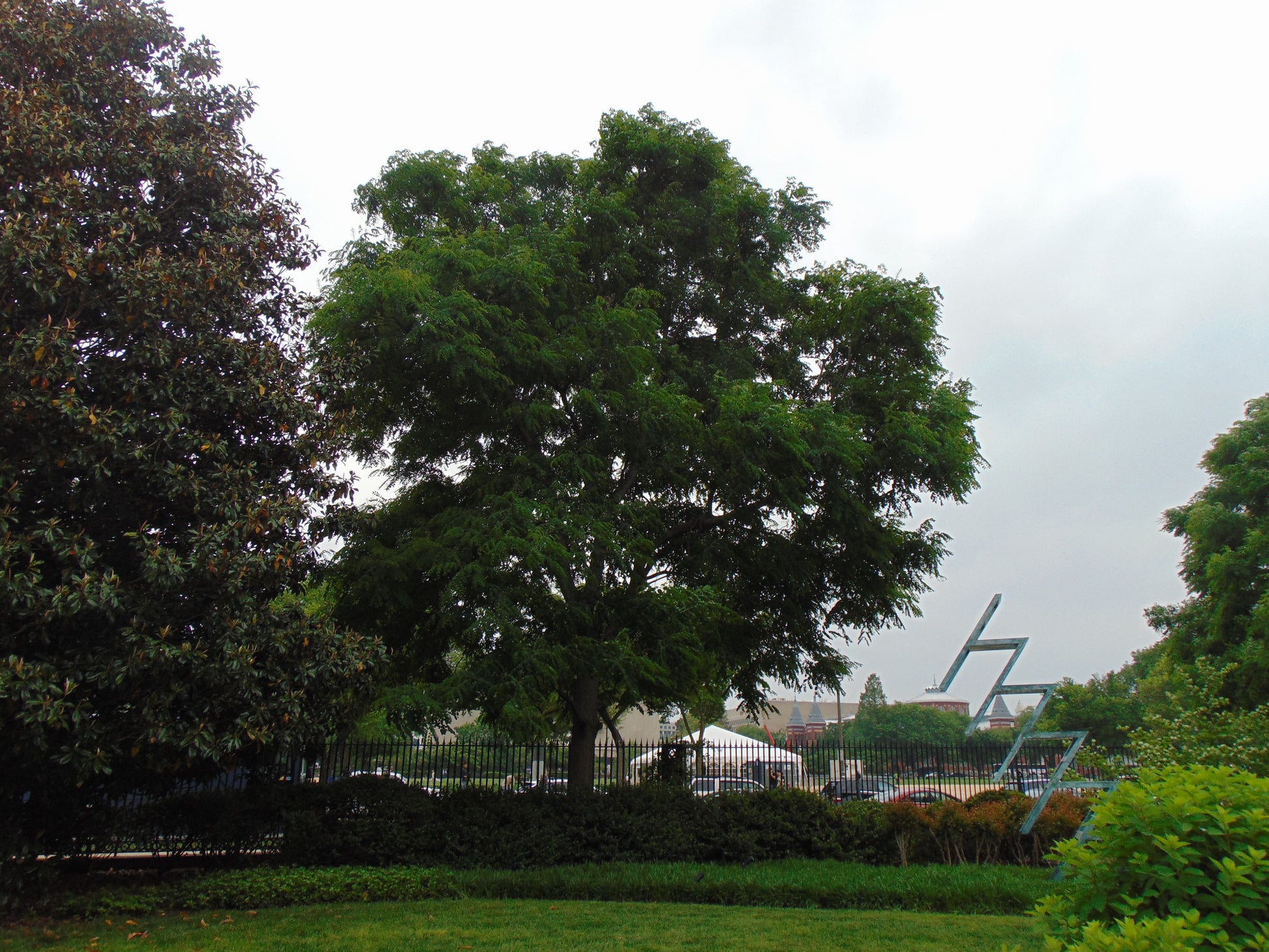Floridaseeds
Kentucky Coffee Tree Gymnocladus dioicus 5 Seeds USA Company
Kentucky Coffee Tree Gymnocladus dioicus 5 Seeds USA Company
Couldn't load pickup availability
Gymnocladus dioicus, commonly known as the Kentucky coffee tree, is a deciduous tree native to North America, particularly in the central and eastern parts of the United States. Here are some key characteristics and information about Gymnocladus dioicus:
Appearance: The Kentucky coffee tree is a large tree that can grow up to 60 to 100 feet (18 to 30 meters) in height. It has a straight, tall trunk and a rounded crown with compound leaves.
Leaves: The leaves of this tree are bipinnately compound, meaning they are divided into smaller leaflets arranged along a central stalk. Each leaf typically has about 10 to 18 leaflets that are lance-shaped and dark green in color. In the fall, they turn yellow and then drop from the tree.
Bark: The bark of the Kentucky coffee tree is dark brown to gray and develops deep furrows and ridges as the tree matures.
Flowers: The tree produces small, greenish-white, inconspicuous flowers in the late spring to early summer. The flowers are typically unisexual, with male and female flowers borne on separate trees.
Fruit: The fruit of the Kentucky coffee tree is a large, woody pod that resembles a flattened, leathery bean pod. Inside the pod are seeds, which were historically used as a coffee substitute by early settlers, although the seeds are toxic when consumed raw.
Habitat: This tree is adaptable to a range of soil types but prefers well-drained soils. It can be found in a variety of habitats, including floodplains, upland woods, and along riverbanks.
Drought Tolerance: Gymnocladus dioicus is known for its tolerance to drought and can thrive in dry conditions once established.
Landscape Use: Kentucky coffee trees are sometimes planted as ornamental shade trees in parks and large gardens. Their unique and attractive foliage makes them a distinctive addition to the landscape.
Wildlife Value: The seeds of the Kentucky coffee tree are a valuable food source for wildlife, including deer and various bird species.
Cultivation: When cultivating Kentucky coffee trees, it's important to note that they have a slow to moderate growth rate and may take several years to reach maturity. They are typically propagated from seeds or cuttings.
Cultural Significance: The Kentucky coffee tree has historical and cultural significance in North America, with its seeds being used as a coffee substitute by early settlers and Native American tribes.
Growing Instructions
Seed Scarification: Kentucky coffee tree seeds have a hard seed coat that prevents water penetration and germination. To break this dormancy, you need to scarify the seeds. You can do this by:
Sandpaper Scarification: Gently sand the seed coat with fine sandpaper to create small scratches. This mimics the natural process of seeds passing through a bird's digestive system.
Cold Stratification: After scarification, the seeds need a period of cold stratification to mimic winter conditions. Place the scarified seeds in a damp paper towel or sand, put them in a sealed plastic bag, and refrigerate them for about 60 to 90 days. This helps break dormancy and prepares the seeds for germination.
Planting: Once the cold stratification period is complete, it's time to plant the seeds. Use well-draining potting soil in containers or directly in the ground if you live in a suitable climate. Plant the seeds about 1 to 2 inches deep.
Location: Choose a sunny or partially shaded location for planting. Kentucky coffee trees prefer full sun but can tolerate some shade.
Watering: Keep the soil consistently moist but not waterlogged. Ensure the soil doesn't dry out during the germination process.
Germination Time: Be patient, as Kentucky coffee tree seeds can take several weeks to months to germinate. Some may even take a year or more, so don't be discouraged if you don't see immediate results.
Transplanting: Once the seedlings have developed a few true leaves and are sturdy enough to handle, you can transplant them into larger pots or directly into your desired outdoor location. Make sure to space them adequately, as these trees can grow quite large.
Care and Maintenance: Kentucky coffee trees are known for their drought tolerance. Once established, they require minimal care. However, continue to provide them with adequate water during dry periods, especially in the early years.
Materials
Materials
Shipping & Returns
Shipping & Returns
Dimensions
Dimensions
Care Instructions
Care Instructions
Share
